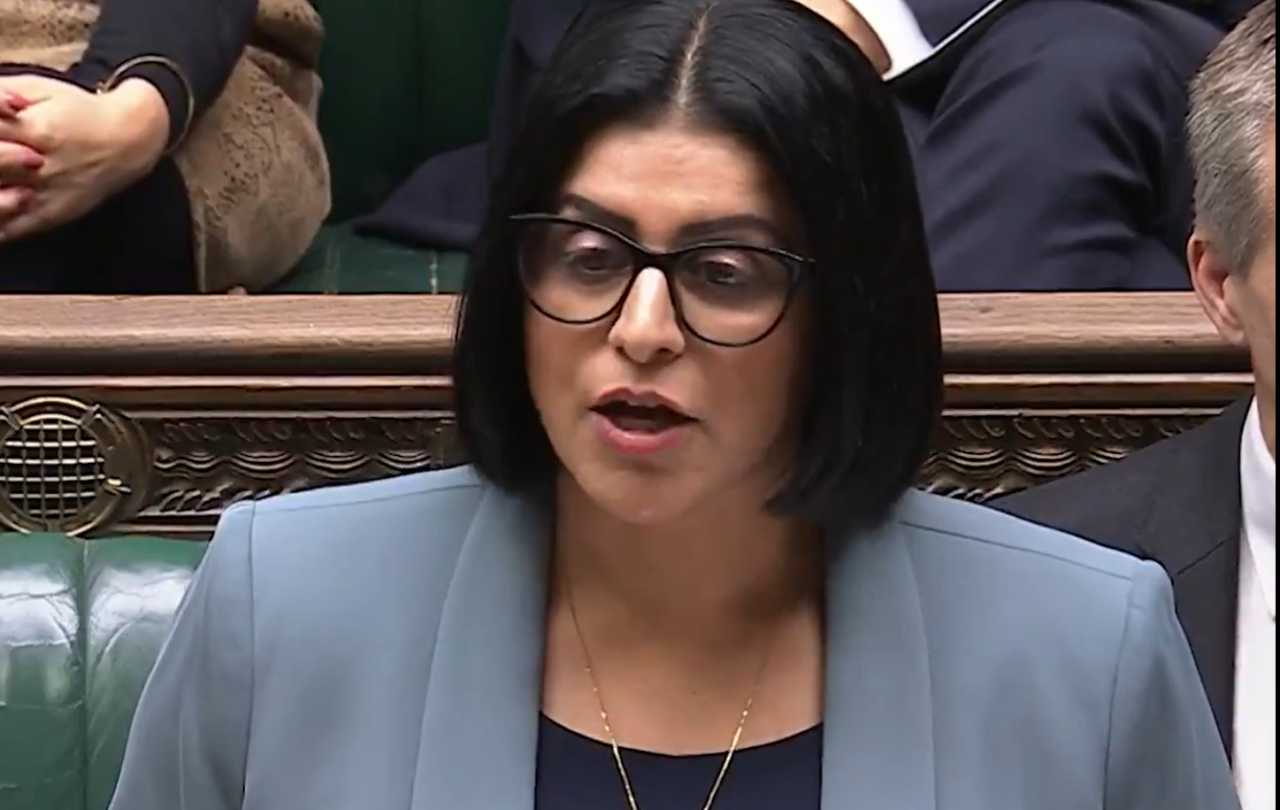
The thrill has gone. So gone. Holidays, once the highlight of the year have become bottomless seas of disappointment. When the luxury travel bestowed on influencers like Molly-Mae Hague amounts to “not done one fun thing”, how can holidays become joyful again?
Travellers’ tales have always dappled dark through the light. Whose heart does not go out to the Wedding Guest, cornered into listening to the Ancient Mariner’s story of seafaring mishaps in Samuel Taylor Coleridge’s poem? Even St Paul found some of his Eastern Mediterranean journeys trying: “in toil in hardship, through many sleepless nights, through hunger and thirst, through frequent fastings, through cold and exposure.” Taking a different tack, Chaucer’s seasoned pilgrim the Wife of Bath, with Jerusalem, Rome and Santiago under her belt, advised seizing whatever opportunities for pleasure your location afforded:
“I made my visitaciouns, To vigilies and to processiouns, To prechyng eek, and to thise pilgrimages, To pleyes of miracles, and to mariages.”
Admittedly the scope for miracle plays and marriage proposals is limited in a travel landscape of overcrowded airports beset by delays, ‘lively’ cruises and plane rage. Other people and sky-high expectations are travel’s inescapable bugbears.
A mother of two who left a Mediterranean cruise early, because of fellow passengers’ drinking and raucous behaviour, according to reports had paid £3,000 for a fortnight’s family holiday. Working out at less than £72 per person, per day it’s difficult to know how the cruise company could cover the costs of providing full board and sailing around the Med, let alone supply staff for the allegedly tardy vomit cleaning on deck.
Cheap travel always comes at a price. But we wish it didn’t. BBC’s Race Around the World is wildly popular because it presents budget travelling with the tedium edited out, or at least fast forwarded. And with medical teams and security advisers on hand, to protect contestants from serious harm. This is a world away from shoestring travel as we know it: getting transport and arriving at times of day nobody would choose, waiting in the freezing cold or boiling heat and weighing up the loos’ likely state against your growing desperation. Budget airlines let us travel amazing distances at, sometimes, amazing prices, but the hard currency we pay in is time, as protracted boarding, cabin bag size cat-and-mouse at the gate, peripheral runways and middle of nowhere airports, devour the hours.
But media exhortations to ‘see the world’ and digital nomad lifestyles, regardless of resources, airbrushes this reality away. Except when travellers fall ill having ‘forgotten’ or trimmed travel insurance from holiday budgets. Then their Go Fund Me appeals, complete with hospital bed photo, are treated with derision, echoed by rafts of comments delighting in the misfortune and pain that ‘serve them right’.
Into this moral soup of self-pity for our own travels’ pitfalls, scorn for those even less successful at having a good time than we are, and envy towards travellers who buy their way free of inconvenience, land influencers such as Molly-Mae and sister Zoe-Rae.
Instagram’s illusionary nature does not diminish the hard work and talent needed to create an endless stream of beige outfits and bikinis by the pool image
In July Molly-Mae lamented to her 8 million Instagram followers that she had “not done one fun thing all summer”, despite sharing trips to Budapest, Dubai, St Tropez and Disneyland Paris. Notwithstanding flying by private jet, Disneyland Paris was at times “unenjoyable” due to the school holiday weekend crowds, and visitors surreptitiously taking phone photos of the influencer and recently reunited partner, boxer Tommy Fury. A more recent trip to the Isle of Man in a new £86,000 motorhome, acquired by Tommy so their two-year-old daughter Bambi could experience more “normal” holidays, also had its challenges. The “spontaneous” journey from Cheshire “literally booked the ferry to the Isle of Man an hour before we needed to leave”, was marred by ferry delays, navigating to the camp site, and their toddler’s vocal displeasure at a disrupted routine, resulting in Bambi being “so unhappy”.
Also in July, Molly-Mae’s fitness influencer sister Zoe-Rae, told her 645,000 followers that Uluwatu in Bali proved so disappointing, she and husband Danny abandoned their anniversary trip after 48 hours. Zoe’s chief lament was the difference between their experience of the resort and what social media had led them to anticipate. “We came here with high expectations... Lovely places to eat and beaches, and lovely gyms and coffee shops. But I don't think the reality of Bali is shown much at all, and I do think it is down to a lot of influencers posting the more luxury side of things.” Zoe’s “lot of research” was not enough to bridge the gap between the reality of being in densely populated Indonesia, ranked an upper middle-income country by the World Bank, with wide income disparity and welcoming up to 16 million tourists this year, and Instagram’s filtered images.
For sisters who make a very good living from social media, it is intriguing the staged nature of Instagram images did not overly inform their travel decisions. Influencers’ shots of travel perfection come from, sometimes physically, pushing out people and necessities of everyday living from scenes. What is presented as relatable or aspirational is fantasy.
Instagram’s illusionary nature does not diminish the hard work and talent needed to create an endless stream of beige outfits and bikinis by the pool images. But the aspirational, five-star lifestyle this is supposed to represent feels like something dreamed up by marketing or algorithms, rather than a true representation of individual desires. Influencers’ flurry of bizarrely timed ‘luxury’ travel should be read more as work contracts than recreation.
Succession creator Jesse Armstrong deliberately created the world of media mogul Roy family to be bland, beige, corporate luxury, with each under-appreciated home around the globe looking like the other. Community, local culture and people other than the Roys go unacknowledged. In an event with Armstrong, former Archbishop of Canterbury Rowan Williams said the phrase “boring as hell” is no accident, and that to live life purely for our own pleasure and gain, without connection to others, is a living hell.
The rise of ultra endurance sport holidays such as the UltraSwim 33.3 in Croatia, recreating the distance of swimming the Channel, marks a trend for travellers seeking transformation rather than relaxation from time off. Humans evolved through facing challenge and adversity.
And such transformation is not only the preserve of the sporty. Last year on a tour of eastern Romania’s painted monasteries, a monk showing us Neamt Monastery’s candlelit, skull-filled catacombs said travel taught two things: life is lived in days not years, and to learn to be patient and accepting of each other, however long it took. If Molly Mae’s family fancied taking their new motorhome on eastern Romania’s authentically surfaced roads, discovering the joy in each finite day, and finding locals’ and fellow travellers’ inherent worthiness, rather than irritants to be airbrushed away, that’s a post we could all relate to.
Support Seen & Unseen
Since Spring 2023, our readers have enjoyed over 1,500 articles. All for free.
This is made possible through the generosity of our amazing community of supporters.
If you enjoy Seen & Unseen, would you consider making a gift towards our work?
Do so by joining Behind The Seen. Alongside other benefits, you’ll receive an extra fortnightly email from me sharing my reading and reflections on the ideas that are shaping our times.
Graham Tomlin
Editor-in-Chief





